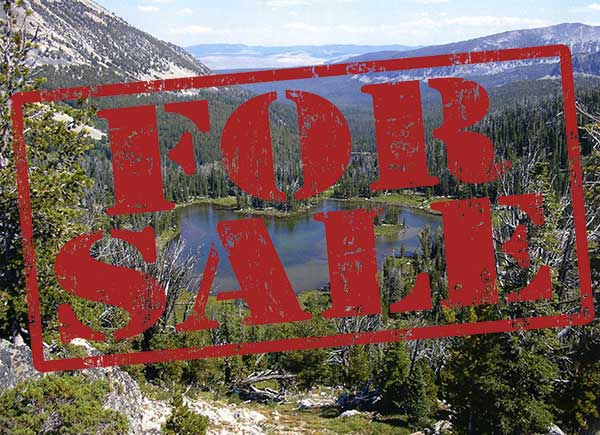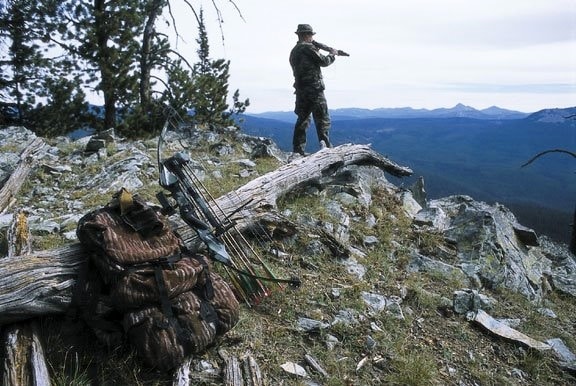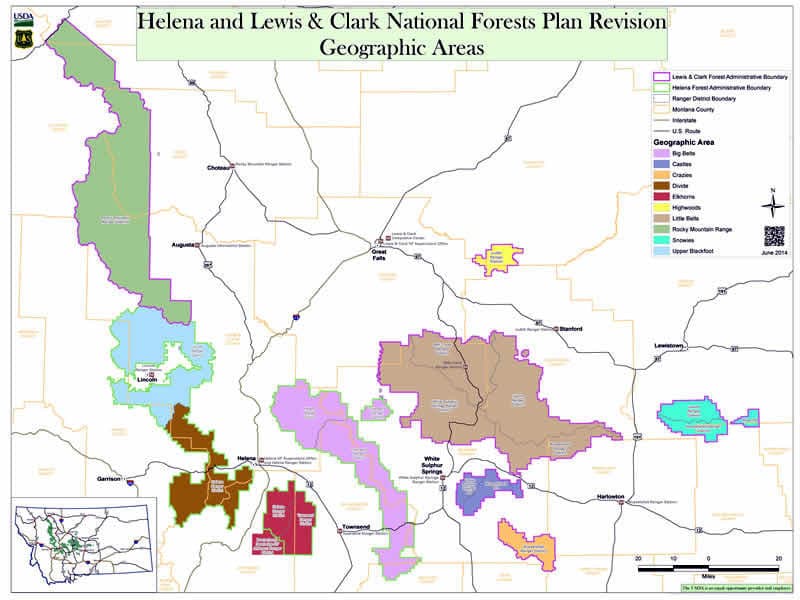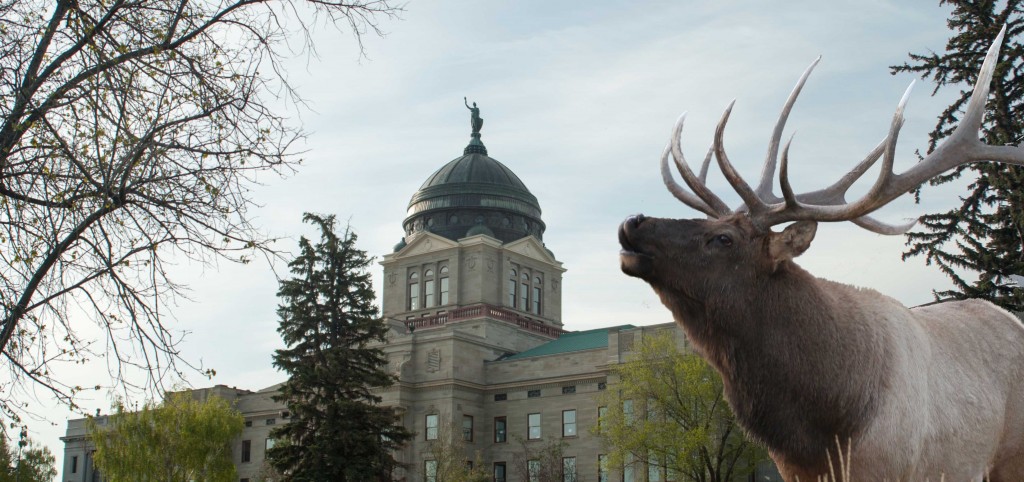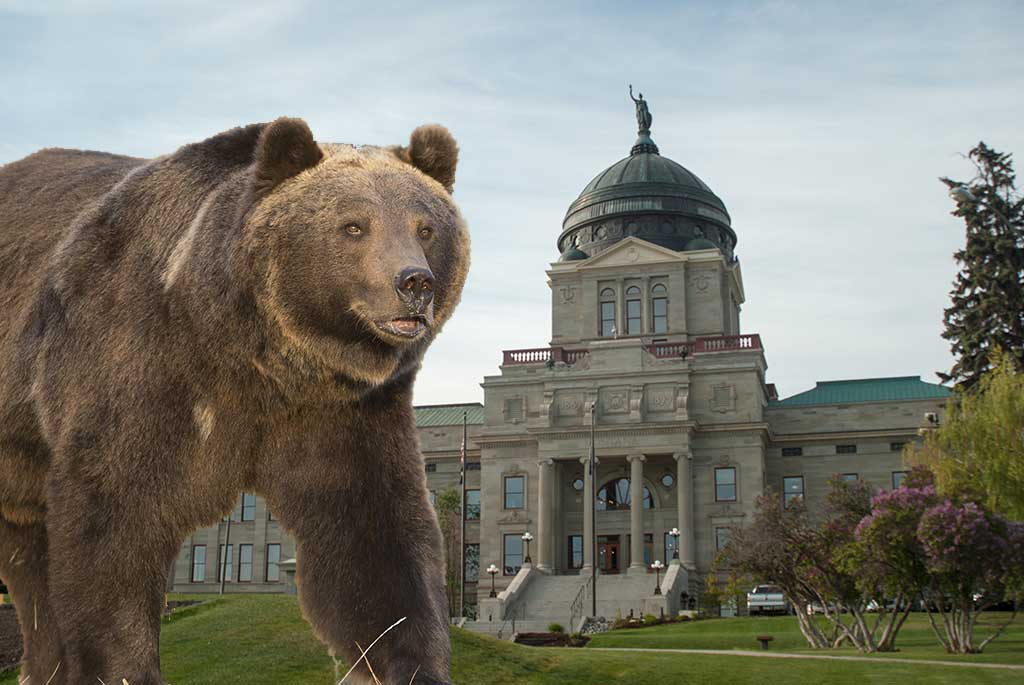
Things picked up last week at the Capitol, with a host of bills addressing hunting licenses, fishing access site maintenance and hunting access to state lands.
Several bills that have already passed one chamber of the Legislature moved over to the other side and received hearings. In addition, several new bills were heard.
Hunting Licenses
SB 119, sponsored by Sen. Jedidiah Hinkle, R-Bozeman, would add to the list of reduced price hunting licenses for Montana-born hunters, youth and college students. No one spoke for the bill, and MWF opposed it. MWF believes we need to maintain that the license structure put in place last session by HB 140, which simplified licenses and put FWP on a stable financial path.
Fishing Access Site Fee
HB 204, sponsored by Rep. Alan Redfield, R-Livingston, would have created a $25 per boat user fee for fishing access sites. The funding would go toward controlling weeds, fighting aquatic invasive species and other site maintenance. MWF opposed the bill, but said the concept was good. We recommended a fee per vehicle that uses fishing access sites. Stay tuned to see if we can work out a solution on this bill.
Sage-grouse Funding
In 2015, a broad coalition of industry, agriculture and conservation groups passed Montana’s plan for sage grouse conservation. Now after two years, the program needs its funding renewed, and that’s a tall order given the tight state budget. MWF joined the partners to support HB 228, sponsored by Rep. Jim Keane, D-Butte, to allocate $2 million per year for the program. In addition to conserving sage-grouse, Montana’s sagebrush-steppe habitats are key for numerous other game and non-game species.
Negotiating Access Issues
MWF has been heavily engaged with Rep. Kelly Flynn, R-Townsend and chairman of the House FWP committee, to develop a bill to put more funding into the popular Block Management Program. We will continue working toward a deal on the bill to gain more public hunting access.
Last week, we led opposition to an amendment to HB 96, a bill allowing nonresident landowners to get licenses for family or ranch employees in exchange for allowing public hunters on their property. The amendment would have opened up those licenses to be given to anyone, which would lead to abuse and under-the-table deals to sell licenses. Thank you to all the MWF members who called in opposition to this bill, your calls make a big difference!
Looking Ahead
This week will be busy at the Capitol. We will be hearing two bills that would reduce the price of hunting licenses for certain nonresidents, HB 315 and HB 318, sponsored by Reps. Jeff Essmann and Steve Lavin, respectively. We will also have bills on county bounties for predators, HB 305, sponsored by Rep. Bill Harris, R-Winnett; banning feeding of wild turkeys, SB 111 sponsored by Sen. Keith Regier, R-Kalispell; and a bill cleaning up state law on state management of wolves, SB 110 sponsored by Sen. Mike Phillips, D-Bozeman.
As always, check the Montana Wildlife Federation bill tracker at www.montanawildlife.org for the most up-to-date information on bills and where they’re at in the process. For questions, contact MWF Conservation Director Nick Gevock at ngevock@mtwf.org or by calling 458-0227 ext. 108.

